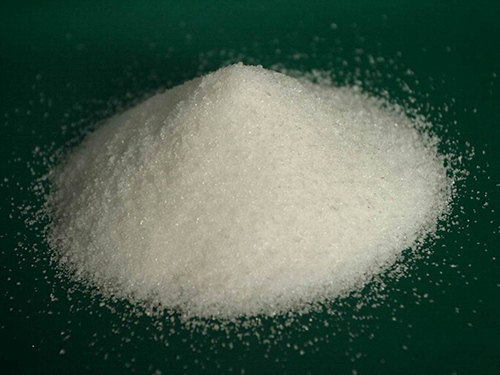Examples of Polycarboxylic Acids and Their Applications in Chemistry and Industry
Polycarboxylic Acids Examples and Applications
Polycarboxylic acids are organic compounds characterized by the presence of multiple carboxyl (-COOH) functional groups within their molecular structure. These acids play a vital role in various chemical processes and applications, spanning across industries such as agriculture, pharmaceuticals, and materials science.
One of the most well-known examples of polycarboxylic acids is citric acid, which is found naturally in citrus fruits. Citric acid possesses three carboxyl groups, making it a tricarboxylic acid. Its acidic properties and ability to chelate metal ions make it an essential ingredient in food preservation, flavoring, and as a pH regulator. Additionally, citric acid is widely used in the pharmaceutical industry for formulating effervescent tablets and as a buffering agent.
Polycarboxylic Acids Examples and Applications
Upon exploring synthetic polycarboxylic acids, we encounter examples like maleic acid and fumaric acid, which are both unsaturated dicarboxylic acids. Maleic acid is utilized in the production of various polymers, resins, and surfactants due to its reactive double bond and carboxyl groups. Conversely, fumaric acid often finds its applications in the field of pharmaceuticals and as a food additive. These compounds demonstrate the diverse utility of polycarboxylic acids in industrial processes.
polycarboxylic acid examples

Moreover, polycarboxylic acids are crucial in the development of sustainable materials. For instance, succinic acid, a four-carbon dicarboxylic acid, is gaining attention as a platform chemical for the production of biodegradable plastics. The biotechnological production of succinic acid from renewable resources could significantly reduce dependence on fossil fuels and decrease environmental pollution.
In the realm of pharmaceuticals, polycarboxylic acids also exhibit significant potential. Drugs like ibuprofen and anti-inflammatory medications often utilize carboxylic acid moieties to enhance their therapeutic effects. The structure-activity relationship of these compounds suggests that the presence of multiple carboxyl groups can influence solubility, bioavailability, and overall efficacy.
Polycarboxylic acids also find applications in the agricultural sector. For example, polyaspartic acid, a derivative of aspartic acid, is used as a biodegradable chelating agent in fertilizers. This helps in improving nutrient availability and enhances efficiency in plant uptake, leading to better crop yields while minimizing environmental impact.
In conclusion, polycarboxylic acids represent a diverse class of compounds with profound implications across various fields. Their unique structural characteristics enable them to be utilized in processes ranging from food preservation to sustainable materials development and pharmaceuticals. As research advances, the potential applications of polycarboxylic acids are likely to expand, paving the way for innovative solutions that align with modern sustainability goals. Through understanding and leveraging these compounds, industries can contribute to more responsible practices while benefiting from their inherent chemical properties.
-
Water Treatment with Flocculant Water TreatmentNewsJun.12,2025
-
Polymaleic AnhydrideNewsJun.12,2025
-
Polyaspartic AcidNewsJun.12,2025
-
Enhance Industrial Processes with IsothiazolinonesNewsJun.12,2025
-
Enhance Industrial Processes with PBTCA SolutionsNewsJun.12,2025
-
Dodecyldimethylbenzylammonium Chloride SolutionsNewsJun.12,2025





